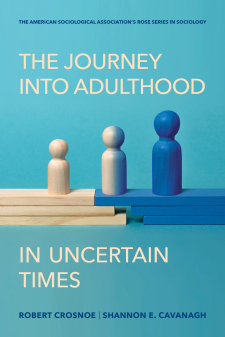The Unclaimed Property Puzzle: Billion Dollar Bills Lying on the Sidewalk
Under current law, the U.S. requires businesses and organizations to turn over unclaimed property to the relevant state government, which is responsible for locating the owners (or their heirs) and returning the property to the rightful individuals. This often requires a nominal fee when filing a claim and providing verification of owner identity. In fiscal year 2015, the National Association of Unclaimed Property Administrators reports that state governments received $7.763 billion in unclaimed property, of which only $3.235 billion was returned to the rightful owners. States are estimated to currently hold $58 billion in unclaimed assets that go back decades. Although many individuals fail to reclaim money that is owed to them or property that belongs to them, researchers know little about them, why they fail to reclaim money/properties, and what barriers might prevent them from doing so.
Eva Vivalt will document the demographics of the non-claimants and investigate the causes behind non-claiming behavior. While some evidence suggests that those owed larger amounts of money generally are above the median income level, there are many lower-income individuals with unclaimed property and her investigation will focus on them due to the potentially larger welfare impacts that unclaimed property may have on them. Vivalt will explore four questions. First, what are the demographics of unclaimed property holders, and what are their sources of unclaimed property? Second, what impact does notification of and application assistance have on claim filing and successful recovery of unclaimed property? Next, does reclaiming affect individuals’ financial behavior and employment outcomes? Finally, what is the impact of a financial nudge at the time of notification of unclaimed property?





